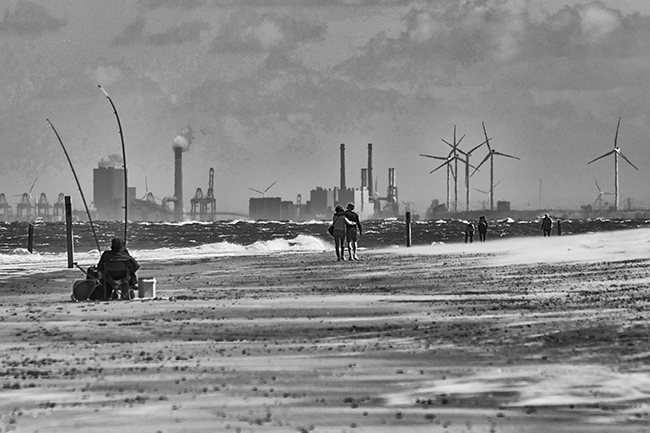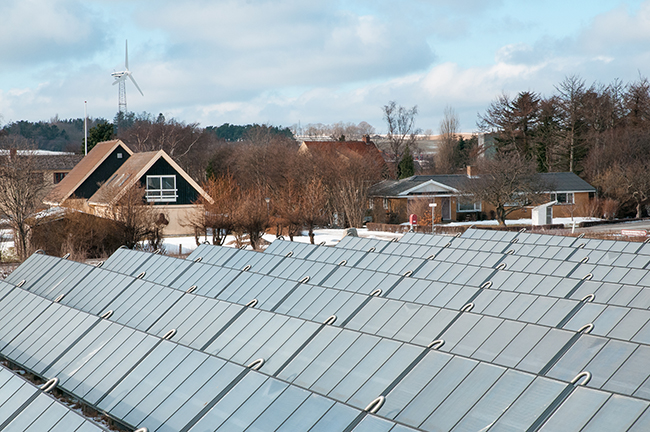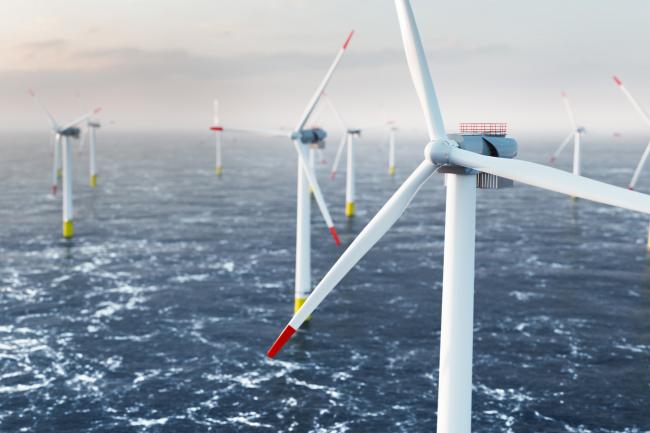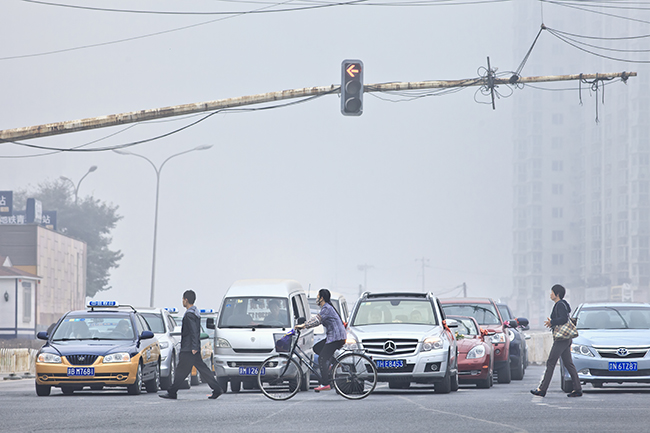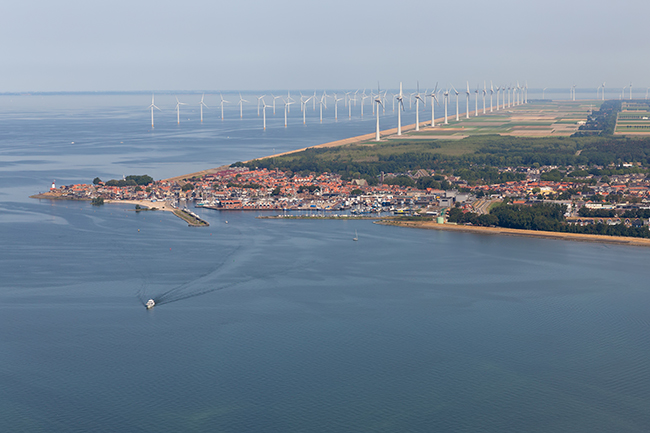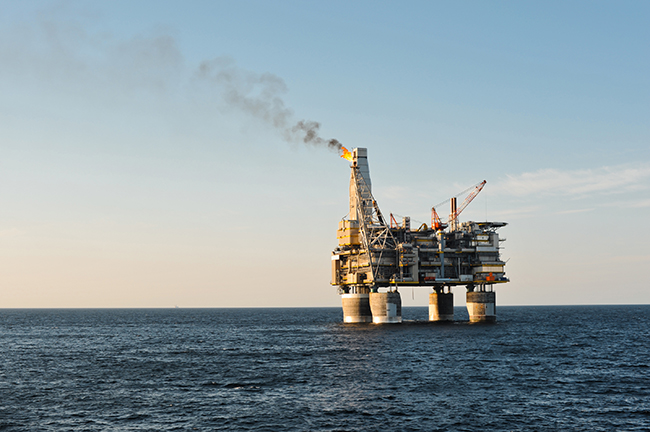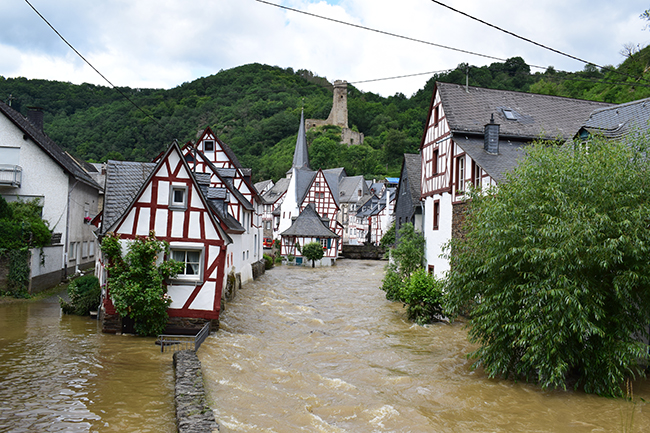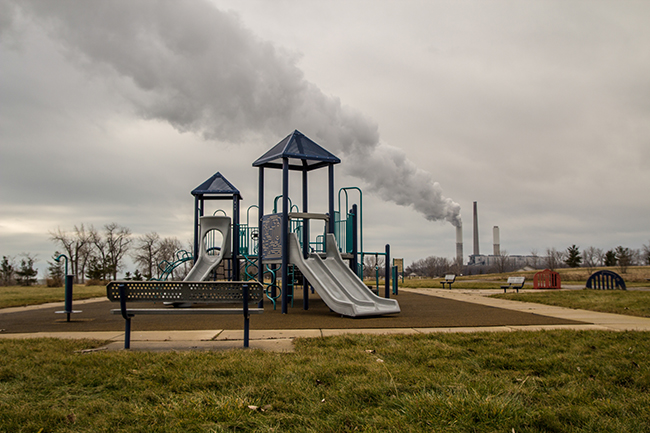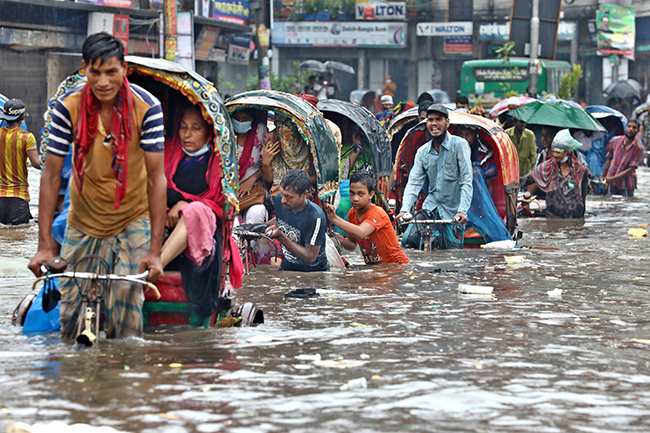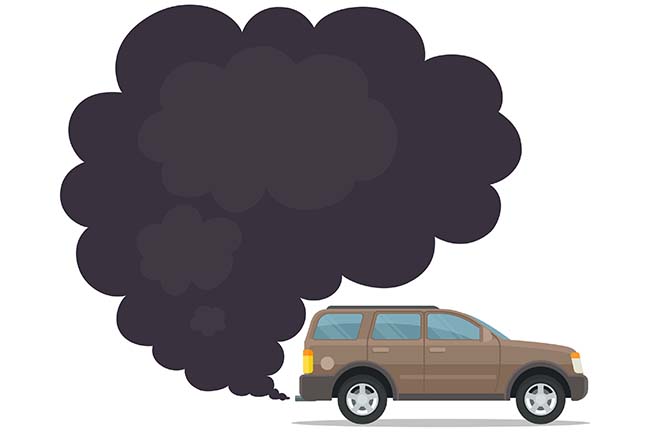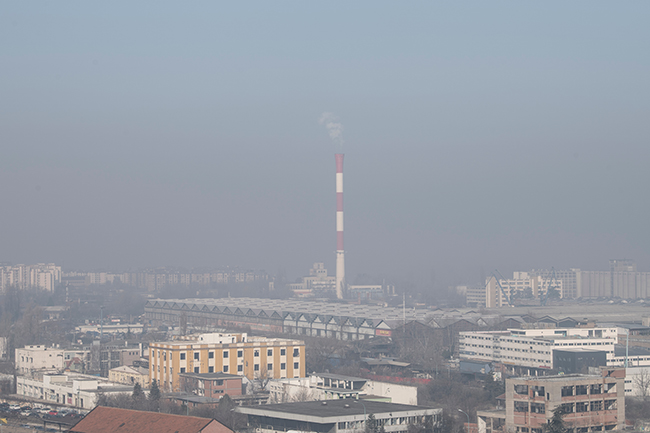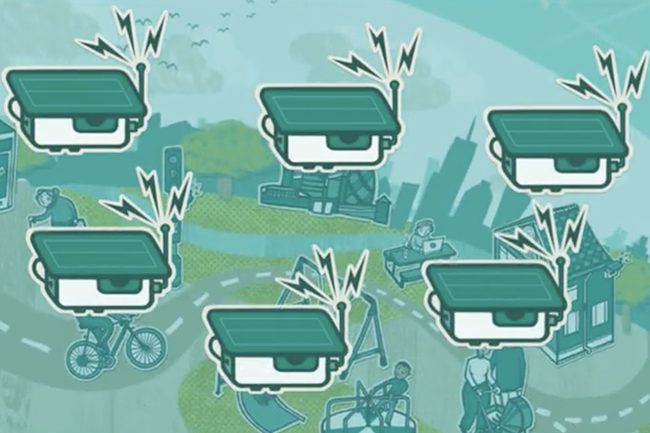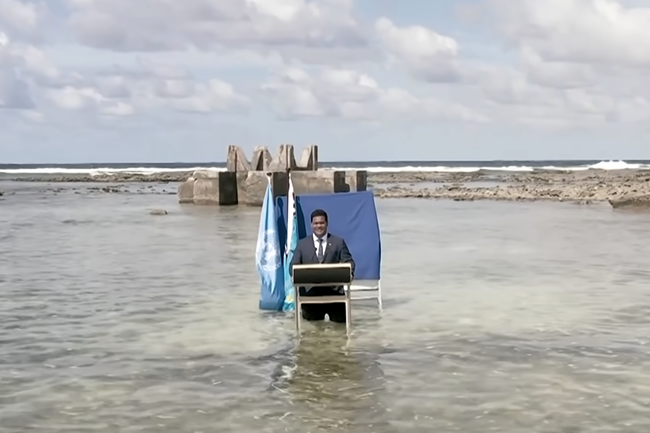More recent data of PM2.5 show greater effects on mortality. Although some of this research is more than seven years old, it has not been incoporated in currently used models.
Two recently published reports on the health costs of air pollution1, 2, both produced as a basis for European decision-makers, do not make use of the latest research. The neglect mainly concerns calculations of the health effects of small particles (PM2.5).
The two reports include cost-benefit analyses and these are based on estimated air pollution, health, and population data. The attributed health effect relies on effects estimates from epidemiological studies which form a concentration-response function (CRF) to derive how much ill health will occur for each increase or decrease in air pollution levels. To have a robust CRF they are often based on all available and applicable studies pooled in a meta-analysis. The CRFs chosen will impact the extent of the health effects significantly.
The last time WHO Europe was asked to recommend suitable CRFs for key pollutants to be included in cost-benefit analysis supporting the revision of the coming European Union’s air quality policy was nearly ten years ago. The project was called HRAPIE, and the health experts were asked to focus on the mortality impact of exposure to PM2.5 and to ozone. For the long-term effects of PM2.5 on mortality, a CRF of 6% increased mortality risk per 10 μg/m3 PM2.5 was chosen3a, 3b. By this time, mortality studies on long-term exposure to PM2.5 conducted in the EU were scarce and only two studies, Dutch and Italian, had been published. Instead, the evidence consisted of mainly US studies. Most of the US’s studies used a very crude exposure assessment suggesting that everyone within several tens of kilometres had the same exposure, by relying on one or a few monitors and not considering variations in air pollutants across the city.
EU acknowledged the need for European studies on mortality effects from long-term PM2.5 exposure and provided millions of euros in funding for the ESCAPE project4. The ESCAPE project was ambitious and developed novel air pollution maps for many European cities. Their mortality studies based on 22 European cohorts was only published in 2014 and could not be included in HRAPIE. The CRF value in ESCAPE had a more than a doubled mortality risk then previous studies reviewed in HRAPIE. However, this evidence has not found its way into the EU cost-benefit analysis seven years later.
In a more recent review, 5 they found that more precise ways of estimating exposure such as detailed air pollution maps tended to produce higher CRFs, suggesting that prior meta-analyses that ignored exposure error likely underestimated effects. They also identified traffic particles as likely more toxic than average, on a unit mass basis, which could explain larger effects when looking within cities. US studies using more precise air pollution maps in cities had also been published with similar higher effect estimates: 26% and 30% increase per 10 μg/m3 respectively6,7. More recent European studies with detailed air pollution maps support the statement that more detailed air pollution maps provide higher CRFs; a study from Sweden, with a 28% risk 8; Denmark, with a 26% risk 9; Spain, with 19% risk 10; and the European-wide ELAPSE study, with a 26% risk per 10 µg/m3 PM2.5, respectively 11.
Another review with meta-analysis was done as part of the WHO revision of guidelines 12 and another by Pope and his colleagues 13. The new recommended effect estimates from WHO suggest an 8% risk. Pope et al. suggest a 9% risk for all studies, 12% for European studies and 8% for studies with more available data (which can be a legal requirement for US EPA). In developing standards, WHO recommends regulators to consider the local context of CRFs. Focusing on European studies, WHO included five studies and Pope et al. added five more, including the above-mentioned Danish and Spanish studies which were published after the scope of the WHO review. Due to timing, none of the mentioned reviews includes the European wide ELAPSE study nor the Swedish study but including them would lead to a higher CRF. Recent cost-benefit analyses of local abatement strategies show that the choice of CRFs depend on the local context and using the wrong CRF would severely under-estimate the benefits of reducing local city emissions14. Using CRFs based on studies with crude regional differences is not suitable for a city context, says the authors, and suggest different effect estimates in cities or between regions14. To conclude, health researchers ask for new scientific evidence, where air pollution was found more harmful per unit mass, to be included in future cost-benefit analysis.
It is reasonable to believe that as long as EU institutions, such as the EEA, use the old HRAPIE model, the cost of air pollution will be underestimated. This in turn can lead to insufficient measures being taken.
Ebba Malmqvist
References:
1 EEA 2021, Costs of air pollution from European industrial facilities 2008–2017 Eionet Report – ETC/ATNI 2020/4
2 EEA, 2021, Health risk assessments of air pollution- Estimations of the 2019 HRA, benefit analysis of reaching specific air quality standards and more, Eionet Report - ETC/ATNI 2021/10
3a Health Risks of Air Pollution in Europe – HRAPIE Project. Recommendations for Concentration-Response Functions for Cost-Benefit Analysis of Particulate Matter, Ozone and Nitrogen Dioxide; WHO Regional Office for Europe: Copenhagen, Denmark, 2013.
3b Hoek et al. 2013, Long-term air pollution exposure and cardio-respiratory mortality: a review https://doi.org/10.1186/1476-069X-12-43
4 Beelen et al. 2014, Effects of long-term exposure to air pollution on natural-cause mortality: an analysis of 22 European cohorts within the multicentre ESCAPE project doi: 10.1016/S0140-6736(13)62158-3
5 Vodonos et al. 2018, The concentration-response between long-term PM2.5 exposure and mortality; A meta-regression approach, https://doi.org/10.1016/j.envres.2018.06.021.Turner
6 Turner et al. 2016, Long-Term Ozone Exposure and Mortality in a Large Prospective Study https://doi.org/10.1164/rccm.201508-1633OC
8 Nilsson et al. 2021, Long-term exposure to particulate air pollution and black carbon in relation to natural and cause-specific mortality: a multicohort study in Sweden. doi:10.1136/ bmjopen-2020-046040
9 Hvitfeldt et al. 2020, Air pollution exposure at the residence and risk of childhood cancers in Denmark: A nationwide register-based case-control study. https://doi.org/10.1016/j.eclinm.2020.100569
10 Keijzer et al. 2017, The association of air pollution and greenness with mortality and life expectancy in Spain: A small-area study https://doi.org/10.1016/j.envint.2016.11.009
11 Brunekreef et al. 2021, Mortality and Morbidity Effects of Long-Term Exposure to Low-Level PM2.5, BC, NO2, and O3: An Analysis of European Cohorts in the ELAPSE Project https://www.healtheffects.org/publication/mortality-and-morbidity-effect...
12 Chen & Hoek 2020, Long-term exposure to PM and all-cause and cause-specific mortality: A systematic review and meta-analysis. doi: 10.1016/j.envint.2020.105974.
13 Pope al 2020, Fine particulate air pollution and human mortality: 25+ years of cohort studies https://doi.org/10.1016/j.envres.2019.108924
14 Segersson et al. 2021, Near-Source Risk Functions for Particulate Matter Are Critical When Assessing the Health Benefits of Local Abatement Strategies. https://doi.org/10.3390/ijerph18136847



